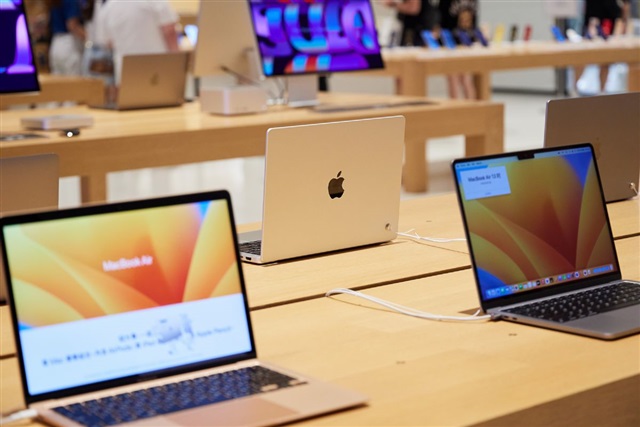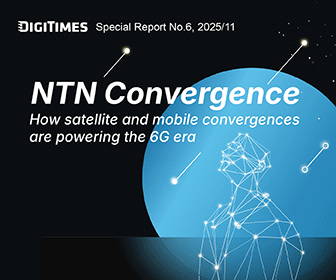Apple has obtained a broad exemption from US import tariffs on its products, a move that has triggered industry-wide speculation about whether this could slow the company's efforts to diversify production outside of China. However, Apple's supply chain partners insist the transition is still ongoing — especially for its Mac line — with two clear strategic priorities: relocating operations to Southeast Asia and significantly increasing automation.
Vietnam emerges as a Mac hub
Sources familiar with Apple's Mac supply chain indicate that production is continuing to shift to Vietnam. Not only are current models already being assembled there, but upcoming models in development are also being planned for manufacturing in the region.
Major suppliers like Quanta and Foxconn have already established facilities in Vietnam and begun limited production of Macs. Though volumes remain modest, they are expected to scale in the coming years. Quanta, for example, formed a Vietnam subsidiary in 2023 and has since invested US$50 million to expand operations in Nam Dinh Province.
Automation as a mandate
Beyond geographical relocation, Apple is imposing stricter demands on automation. According to supply chain sources, the company has issued a blunt message to component makers: No automation, no orders.
This push aims to standardize product quality across manufacturing sites regardless of local labor conditions, especially as production spreads to Vietnam and India. Suppliers say the automation transition is painful — requiring a large upfront investment, absorbed entirely by the vendors — but necessary to stay in Apple's ecosystem.
Apple argues that automation ultimately reduces labor costs and improves yield. However, suppliers caution that cost savings are only realized at scale, and the initial transition places pressure on already thin margins.
Trump-era trade shifts reshape strategy
Apple's diversification plans date back several years but gained momentum in 2024 as trade tensions reemerged under a second Trump administration. Following Apple's announcement to increase US investment from US$500 billion to US$600 billion over four years, the White House granted broad tariff exemptions for Apple devices, including products shipped from China.
Even as tariffs on imports from India have been raised to 50%, the administration has signaled that Apple's supply chain remains shielded, further reinforcing Apple's close relationship with Washington.
Still, insiders say the company's China+1 strategy — spreading production across India and Vietnam — is continuing, if flexibly. iPhones are now assembled in India, while Macs, iPads, and AirPods are gradually shifting to Vietnam.
Flexibility for components, firm pressure on assembly
While Apple is strict with final assembly partners, it remains more flexible with component suppliers, many of whom continue to produce in China. There has been no direct mandate to relocate component production, but Apple is still urging vendors to enhance automation, regardless of their location.
"Automation is Apple's way of managing quality and consistency across geographies," said one supplier. "Even if different labor pools are adapted, the production results need to be identical."
Notebook market faces broader trade uncertainty
Notebook computers, including MacBooks, are currently exempt from US tariffs. But only about 30% of global notebook production for US brands has shifted outside China. Apple leads the pack, with roughly 47% of its notebook shipments bound for the US.
Industry analysts say the pace of relocation will hinge on the enforcement of Section 232 tariffs and the Trump administration's evolving China trade policy.
Despite the tariff shield, Apple appears committed to diversification. The company's bets on Vietnam and India — coupled with its automation push — signal that the tech giant is preparing for a future where geopolitical risk remains a constant.
Article edited by Jerry Chen




